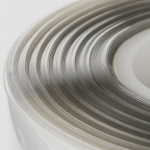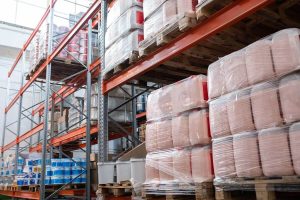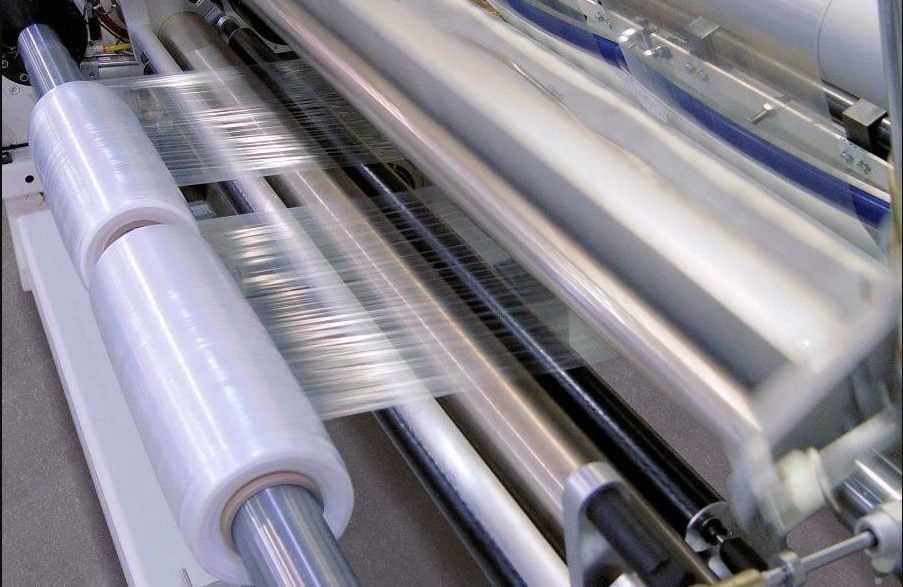
Stretch wrapping machine films is a significant investment for manufactures, distributors, and logistics firms. The right machine film fulfills packaging promises and retains loyal customers too.
A new research study by Persistence Market Research reports that the consumption of stretch wrap machines will be at 231,810 units by the end of 2026. They also projected the revenue from the purchases of stretch wrap machines to touch US$ 1,356.0 mil by 2026, showing a strong growth rate of 7.5% during the eight years from 2018 to 2026.
Mechanical stretch film wrap applications work best when working with mass load packages that need to be optimally wrapped so that you can deliver what you promise your customers.
However, one of the most significant issues is deciding which type of stretch film for machines to use to keep your goods safe. These considerations include cost, ease of use, durability, and transparency. You must give each of these factors the same amount of importance.
Stretch film wrappers work with loads according to:
- How much is the weight of the load?
- Pre-stretch % on wrapping machines.
- Number of pallets wrapped per hour
- The size and type of the load
- Are there any special requirements needed?
- How is the pallet being transported to?
But what are the considerations when choosing stretch films for machines?
While the purchasing department continues to opt for cheaper films due to costs, productions jump on snap films and downtimes.
So regardless of what wrapper is being used, choosing the right film for your machine matters.
Here’s our take on how the films and wrapping machines correlate to your wrapping goals, how to select the right machine films.
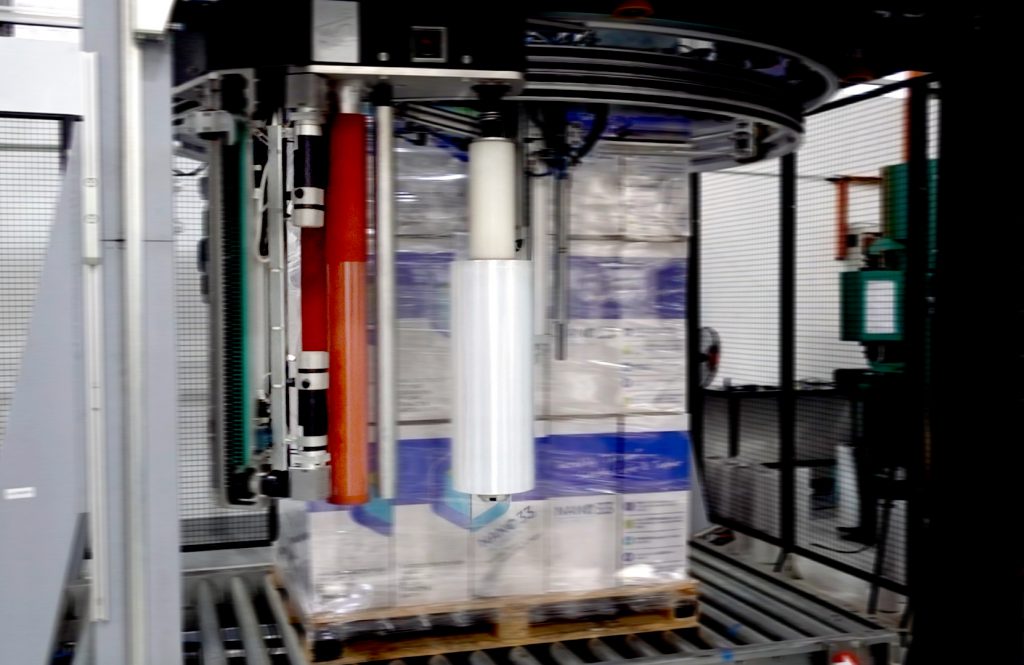
Stretch Wrapping Machine Film
Smart technology and high-speed production processes drive automation to the next levels in the global packaging industry.
Through evolutionary patterns, mechanical stretch film wrap minimizes the quantity of material used to protect loaded pallets from unwanted losses.
The result of utilizing mechanical wrap benefits you in
- Reduced Labor and Material Cost
- More significant film stretch ranging from 200%-300% 400%
- Better containment and lower Cost Per Load
- Quicker Wrap Times – Lower Load Failure
- Better operational productivity
- Improved Load Integrity
- Consistent Load Quality
- Minimal to no employee fatigue
Using Machines To Optimize Your Wraps
Different machines work with different loads. There are three types of loads when dealing with pallet wrapping which are:
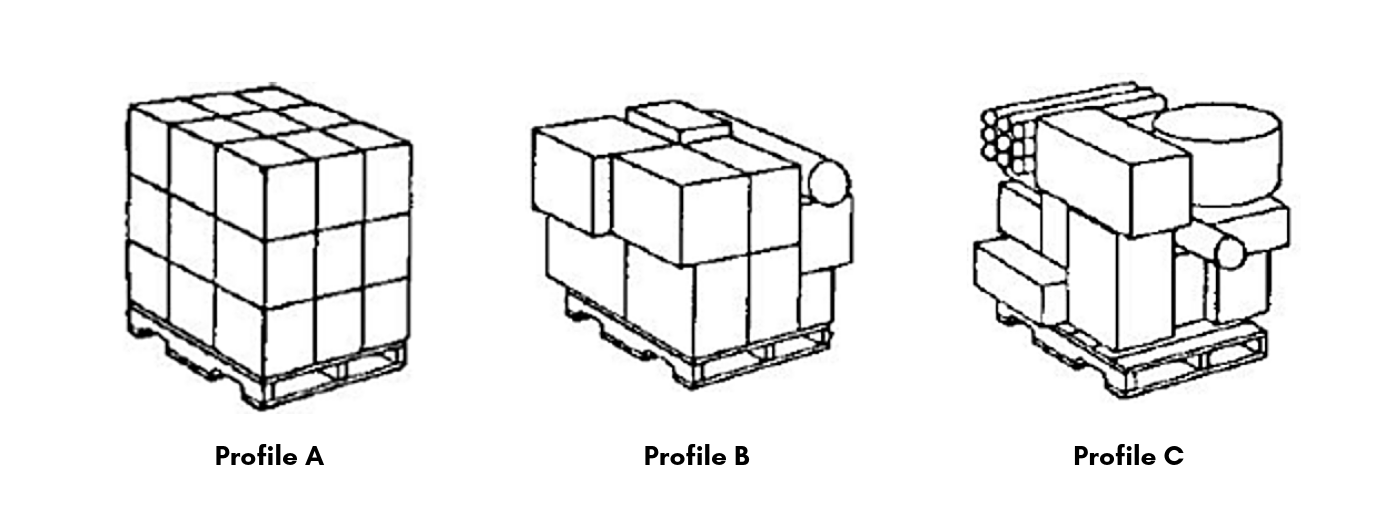
- A Load – Stable, straight sides with up to 3” protrusions.
- B Load – Relatively stable with protrusions of up to 6” inches or less
- C Load – Oddly shaped with several protrusions (including sharp corners) of over 6”. Unstable.
Here’s how these machines work with your wrapping needs
Turntable Wrapper
The most simple form to wrap is to place the pallet on a turntable that rotates while a pallet stretch film is delivered around the load.
Turntables have the smallest footprint and overall machine height. It is capable of 10– 20 loads per hour and ideal for A and B load types. This system starts wraps at the bottom of the load and wraps its way to the top and to the bottom again.
With the speed of 16 rpm p/minute it takes 5 mins (including change over time) to wrap a pallet. That’s approximately about 12 pallets per hour.
Turntable wrappers are very effective in many types of works, and they are used for a broad variety of applications
Rotary Arm Wrapper
Arm wrapper machines operate by placing loads under a rotating arm. The load remains secured and stationary while stretch film is revolved to wrap around the load.
These machines are great for unstable, wobbly, light pallets and heavy loads that tend to be unstable while rotating on a turntable.
Suitable for all A, B, and C types of heavy and oversized loads. They are used for high-speed applications from 40 loads per hour.
Ring Wrapper
Ring wrapper machines are great for unstable loads as well.
Best used for PET drinks, 25kgs resin bags, brewery, and products required high throughput yield.
When wrapping, the load remains stationary while the wrapping is done via rotating around the pallet not by an arm, but through a large ring.
These machines can wrap at a very high-speed ranging application of 60 to 80 loads per hour.
Here is a summary of good types and what type of stretch film fits best
- Light loads – loads that are light in weight, such as tissue paper and empty bottles
- Machine wrappers: arm machine or ring machine wrappers
- Type of film that works best: Thin-film from 12 to 15-micron
- Medium – loads that are of medium heaviness like handling of cartons
- Machine wrappers: Turntable machine, arm wrappers, and ring wrappers
- Type of film that works best: stretch film from 12 to 17-micron
- Heaviest – heavy load handling like PET drinks, resin bags (25kgs), or 200-liter drums
- Machine wrappers: Turntable machine, arm wrappers, and ring wrappers
- Type of film that works best: stretch film from 17 to 20-micron
Typically, the usual market practice uses 23 microns for heavy loads, but Thong Guan has innovated the use of thinner < = 17-micron films that do the same job but better.
Mechanical Film Application
When film is applied using a stretch wrapping machine, the rolls are larger, typically having a 500 mm and 750 mm width and a gauge of 20 microns and above. Thong Guan is currently looking to replace it with 15 microns and below. The film is pre-stretched via the machine’s carriage system immediately before application.
Combining the right film and advanced wrapping machine, the film can be pre-stretched by as much as 400%, which is 1 meter to 4 meters. Less efficient machines have a lower pre-stretch capacity, generally less than 150%
The type of wrapping machine is also important since there is no point in using a longer stretch ratio film if the wrapping machine has only limited to lower stretch ratios (e.g., 150% and below for core brake turntable machine)
So how do you choose the right machine film?
Here are four questions that would be able to help you in determining the suitable stretch film for machine
- Q1- What is the perimeter of the pallet 【(length + width)*2】?
- Q2- What are the number of revolutions of the current wrapping? (this needs to be calculated visually)
- Q3- What is the weight of the wrapped stretch film? (This refers to the weight of the stretch film after it has been removed from the packaging)
- Q4- What is the thickness of the existing stretch film?
With the above information available, we can use formulas to calculate the true pre-stretching of the winding film on the device.
We Can Help You
It doesn’t matter what stretch wrapping machine you need for your applications Thong Guan can help you optimize your wrapping. We can help you select the right film using data technology combined with the right machine scratch film to optimize your wrapping demands.
Yes, choosing the right stretch film for a machine may not be as easy as just purchasing a “cheap and good” film as there are many other factors mentioned to consider too.
As stretch film experts, let’s connect and get you on track towards choosing the right stretch film for your machines today.
Contact us at info@thongguan.com for more info or to enquire more today.

